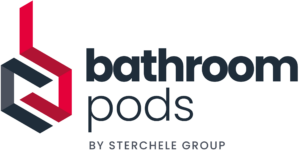An EPD (Environmental Product Declaration) is a voluntary, third-party verified statement that evaluates a product’s environmental performance based on a Life Cycle Assessment (LCA). This analysis measures resource use and environmental impacts at each stage of the product’s life.
EPDs are based on the UNI EN ISO 14025:2010 standards and the UNI EN 15804:2021 procedure. A Program Operator publishes a Product Category Rule (PCR), a guideline for a product category, which a third-party entity certifies according to the set procedures.
Although the EPD certifies adherence to standardized procedures, it doesn’t guarantee a product’s performance or compliance with predetermined standards. Just like a food label, where both a 100 kcal or 500 kcal jam can be healthy, the choice depends on the consumer’s needs.
For a bathroom pod, the client can choose environmental performance criteria (e.g., LEED, ITAC, or BREEAM) based on acceptable impacts like CO2, water use, and recycled materials.
Thus, sustainability is an additional customizable feature, like color or shape, chosen by the client based on their own preferences for the bathroom pod.
Examples:
-
Choosing a WC flushing system based on water flow restrictions.
-
Selecting a mortar based on its natural materials or CO2 emissions during production.
-
Opting for a composite material with a certain percentage of recycled content.
-
Considering energy or resource requirements during production, installation, or use.
Ultimately, the sustainability of a StercheleGroup bathroom pods aligns perfectly with the client’s specific requirements.
Other FAQs
What is the average unloading time for a single bathroom pod?
The average unloading time for a bathroom pod depends on the unloading method (either lateral unloading with a forklift or top unloading with a crane) and is typically around 10 minutes per unit.
